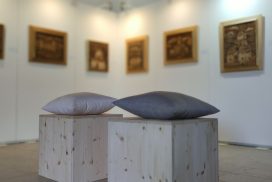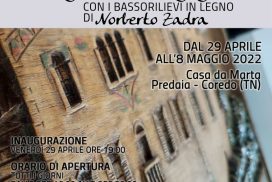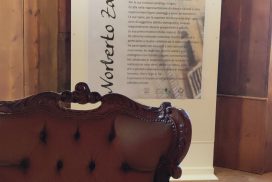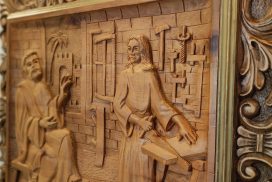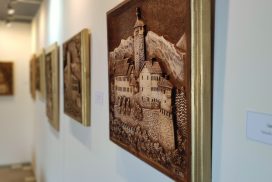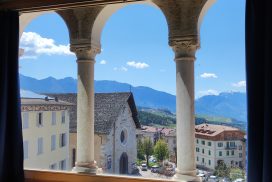Norberto Zadra: Il legno e l’ingegno

EXTENDED the personal art exhibition of the artist, sculptor and wood carver, Norberto Zadra, proposed by the Department of Culture and the Culture Office of Predaia.
At the Casa da Marta building in the Coredo hamlet, the exhibition will be open every day from Friday 29 April until Sunday 8 May 2022, from 4.00 pm to 8.00 pm, inauguration Friday 29 April 2022 at 7.00 pm.
Extraordinary opening and meeting with the artist:
- Friday 13th and Saturday 14th May: from 3.00pm to 7.00pm
- Sunday 15 May: from 11.00am to 12.00am and from 3.00pm to 7.00pm
Born in Buenos Aires in Argentina, he trained in the Atelier of his sculptor father Ottone Zadra and attended academic studies at the Bellas Artes Institute in Estimulo and university studies at the Faculty of Law and Social Sciences in Buenos Aires.
Still very young he began to exhibit his works, first in the Art Gallery owned by his parents, then in the United States.
Arrived for the first time in Italy following the death of his father, he appreciated his homeland so much that he decided to settle there forever, living in his work as an artist.
Since then he has been working in Tres, a hamlet of Predaia (Italy).
For his creations he prefers wood. He excels in the representation of churches and castles and loves to represent figures, landscapes and architectural views.
His works, thanks to the skilful structuring of the spaces, have a suggestive scenographic effect, masterfully creating perspective illusions and volumes.
His first exhibition in Italy dates back to 1991.
Since then he has made numerous solo exhibitions and participated in group exhibitions both in Italy and abroad.
He has successfully participated in various competitions for monuments, made heraldic and municipal coats of arms, medallions with portraits and commemorative subjects.
He has collaborated with important restoration works and created from scratch altars, amboos and statues, such as those that can be admired in the churches of Vervò, Tavon, Smarano, Vion and Vigo di Ton.
His works can be found in public buildings, churches and private collections.
